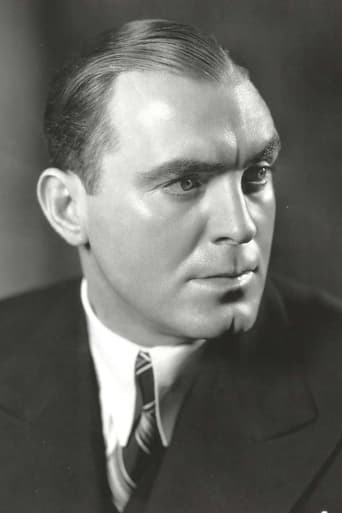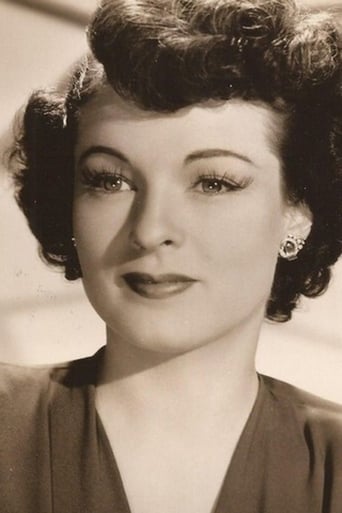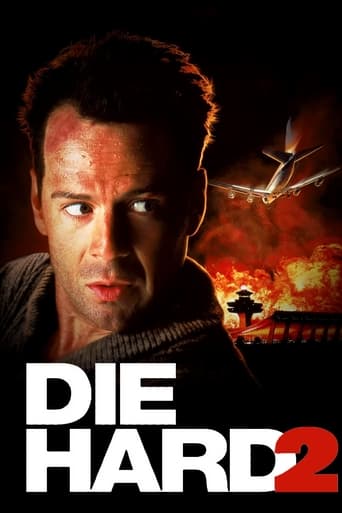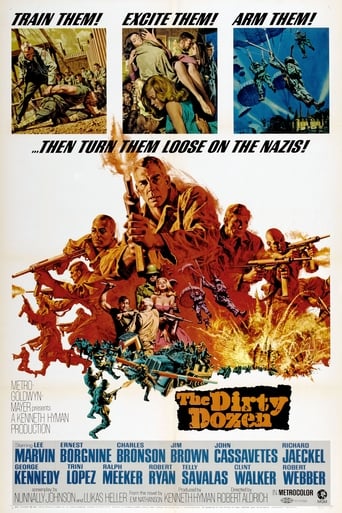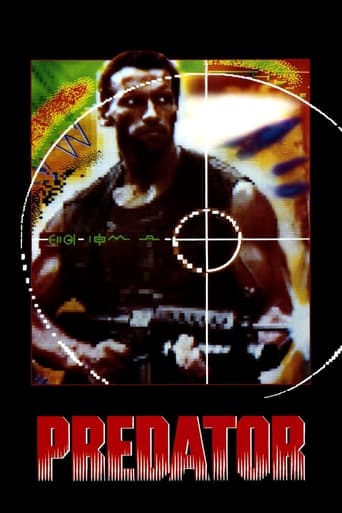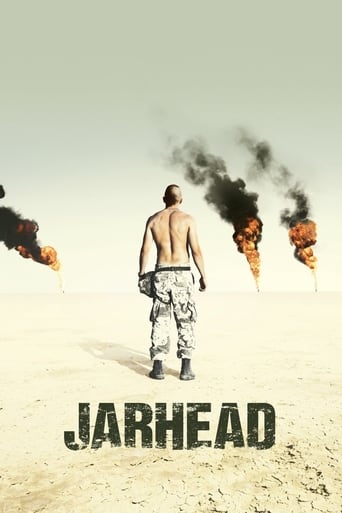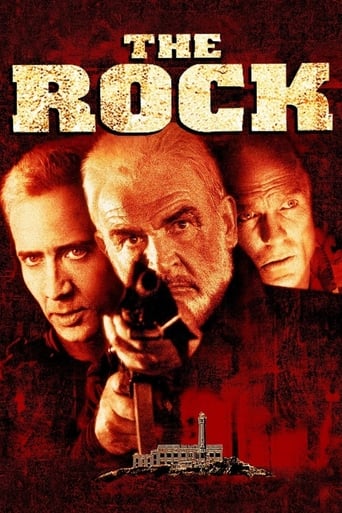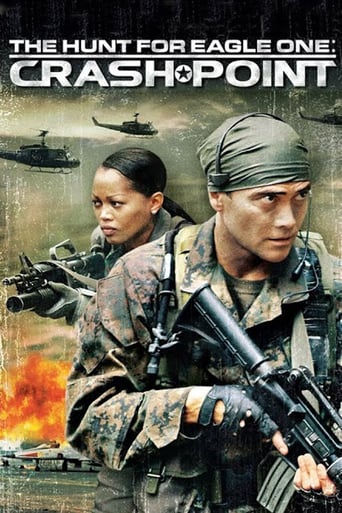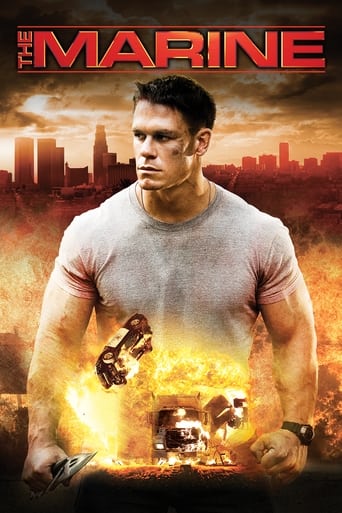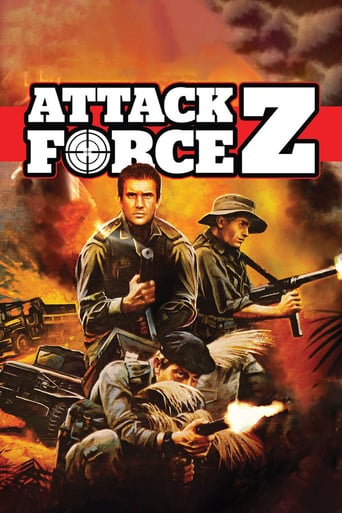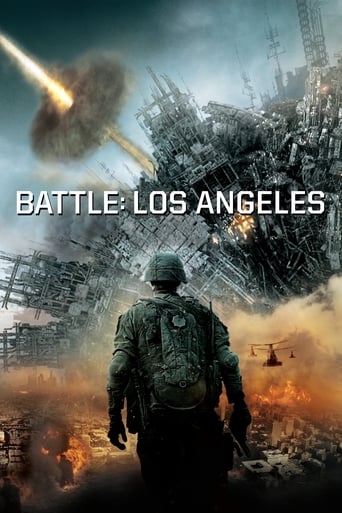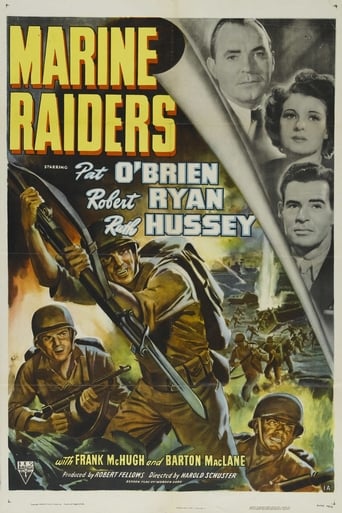

Marine Raiders (1944)
A Marine major (Pat O'Brien) looks out for his captain (Robert Ryan) on Guadalcanal and in Australia.
Watch Trailer
Cast


Similar titles
Reviews
From my favorite movies..
Admirable film.
Wow! What a bizarre film! Unfortunately the few funny moments there were were quite overshadowed by it's completely weird and random vibe throughout.
By the time the dramatic fireworks start popping off, each one feels earned.
During World War II, the US Marine Corps had two elite units called Raiders. They didn't last long and were absorbed into the rest of the Marine Corps. The Army had its elites -- the paratroopers, the Rangers, now Delta Corps; the Navy has its SEAL teams. But the Marine Corps decided it didn't need any elites because the entire Corps was elite.Robert Ryan and his superior officer Pat O'Brien, are Rangers on Guadalcanal. The film open with a brief, almost surreal, battle scene on the sound stage. Ryan is wounded. Back in New Zealand, he meets the inevitable woman at a party, Ruth Hussey. Before the first night is over they have agreed to be married.BUT -- and it's a necessary but -- O'Brien, who has never met Hussey, thinks that Ryan has the jitters and is lonesome and just fell for the first "ewige Weib" that crossed his path. So O'Brien has Ryan hijacked back to the states, to Camp Pendleton. This introduces the conflict between Ryan and O'Brien, erstwhile friends.The business about Hussey has to be in there somewhere, otherwise what we'd have is not a dramatic story but a training camp film. And, indeed, the boot camp experience is brought in and put on display as if by 1944 no one had yet become familiar with its tribulations. But don't worry. O'Brien and Ryan make up, and Hussey gets her Marine. A captain too; a juicy catch. The film ends with another burst of heroism on a fictional island.The movie is über-typical. You can't get more typical. It has friendship, romance, battle, and patriotism. (They left out the "mail call" scene.) O'Brien comes across as likable but already a bit old for front-line combat. Ruth Hussey's role is unimportant except insofar as it precipitates that argument between the two principals. But Robert Ryan is, let's say, interesting. He's young, somewhat handsome, and more relaxed than I've seen him elsewhere. Of course he's best as a psychopath -- those glittering steely eyes, the scowl. But this is really a decent performance, although the role itself isn't demanding. He was quite good in a few other later films -- "Crossfire" and "On Dangerous Ground," in both of them, a pustule waiting to pop.It's all stage bound except for a bit of newsreel footage. That's not necessarily the kiss of death. It's the script and the clumsy direction and editing that torpedoes the movie. The gags between the two comic reliefs are extended and unfunny. And if you want to see combat effectively mounted on a sound stage, see "Bataan" or the excruciating fifteen-minute combat sequence in "Pride of the Marines." And on the night of their first meeting, Ryan is dancing with Hussey and admits he loves her. The scene lacks conviction, never mind poetry. For impending loss, watch the scene of the pilots dancing with their wives in "Thirty Seconds Over Tokyo."
While Pat O'Brien's films often lacked realism, he was a fun actor to watch and his films almost never failed to entertain. Robert Ryan was also extremely entertaining (but a bit underrated) but a different sort of actor--much more believable and ordinary (in a good way). With both these wonderful actors in the film, it's no surprise that I'd watch this film! As far as the film goes, it is a pretty standard WWII action film. It chronicles a group of Marines through some nameless engagements as well as a romance between Ryan and Ruth Hussey--who, inexplicably, was cast as an Australian--though she hadn't a trace of the proper accent. Nothing great here, but competently done. Oh, and despite Ryan receiving second billing, clearly he's the leading man here, though O'Brien was the household name--thus the billing. Worth seeing but not necessary unless you are a Robert Ryan fan.
MARINE RAIDERS is a rather ordinary example of the type of war film that Hollywood turned out in the period 1943-44, as movie makers had more opportunities to see actual combat film footage and to avail themselves of the experiences of combat veterans. RKO apparently developed the opportunity to film scenes of U.S. Marines training at newly established bases in southern California and built a story around the "glamour" of the new Marine Raider and Marine Parachute battalions that fought on Guadalcanal. There are only two major combat sequences -- a facsimile of the Battle of Bloody Ridge on Guadalcanal in September, 1942, that opens the movie, and the concluding sequence based on the Bougainville landing in November, 1943. The combat scenes (except for a brief air attack sequence) were filmed in the studio, skillfully mixing staged shots with miniatures and actual combat footage. If they remind you of film noir, remember that RKO pioneered in the style because the shadowy lighting could hide, somewhat, the cheapness of the sets and special effects.The script is conventional and not well-focused. We're supposed to believe that Lockhart (Pat O'Brien) and Craig (Robert Ryan) are old friends, but there's no indication of that early in the film, at least until Craig starts to lose his command composure after one of his officers is tortured and mutilated by the Japanese. Later in the film, the higher-ranking Lockhart officially intervenes to prevent Craig from marrying an Australian woman (Ruth Hussey) he's only just met. That act, of course, creates the tension between Lockhart and Craig that the film tries to sustain until the concluding combat sequence. Craig's "hatred" for the Japanese, which is supposed to make him a liability for a command, is never really explored. Given the general high level of anti-Japanese feeling engendered in most Hollywood movies of this era (as opposed to strong anti-Nazi -- rather than anti-German -- feeling displayed in the same years), Ryan's "hatred" doesn't seem especially unusual. It's more a MacGuffin than an engaging character development.Likewise, the relationship between Craig and Ellen is a little difficult to believe. Certainly there were many whirlwind courtships and short engagements among World War II servicemen, but here are two fairly mature adults who decide to marry within 24 hours of first meeting. I didn't buy it, nor did I buy the rapid reunion later in the film.There are some out-of-the-ordinary moments in MARINE RAIDERS. In the middle of the film is an air-raid sequence that features some very complex shots -- Craig and Ellen sheltering in a shallow trench, as an antiaircraft gun blazes away behind them, and fighter planes take off over the gun, zooming toward the camera as bombs burst around them. These must have been difficult to pull off, and they are striking compared to the rather pedestrian combat sequences in the rest of the film.It's also interesting to see at least a little attention paid to wartime women as more than just attractive movie props. At one point, Craig counsels another Marine -- reluctant to marry while the war is still going on -- to remember that "the girls are in this war too" and that he should consider his fiancée's needs. There is a brief comic sequence involving Women Marines. And Ellen's closing speech, which could have been echoed by millions of Allied women of that time, is genuinely moving.In sum: Essential if you're a war movie buff, but even for such fans like me, its a mediocre film of the genre.P.S.: Ironically, for all the ink and celluloid they generated early in the war, the newly formed U.S. Marine Raider and Parachute battalions were not popular with Marine brass, who wanted to build large, division-sized formations to crush the big Pacific targets instead of pricking them with hit-and-run raids. The "Paramarines" never made a combat jump during the war (despite what one sees in this movie) and were disbanded in December 1943. The four Marine Raider battalions were disbanded in January 1944, about six months before this film was released. Their officers and men would continue to fight in other Marine units, however, and the Raider's enviable combat legacy -- Tulagi and Guadalcanal, Makin, New Georgia, Choiseul, Bougainville -- remains a proud chapter of USMC lore.
The jungle battle scenes in opening of this film incorporate an atmosphere one usually finds in film noir. The portrayal of Guadalcanal and the related background music tend in this direction, which was not found in many of the war movies of 1944. Special credit should be given to the director of lighting, especially relative to the deep three-dimensional effect created with the interplay of light and dark.


